Aquariums 101: What to Do If Your Power Goes Out
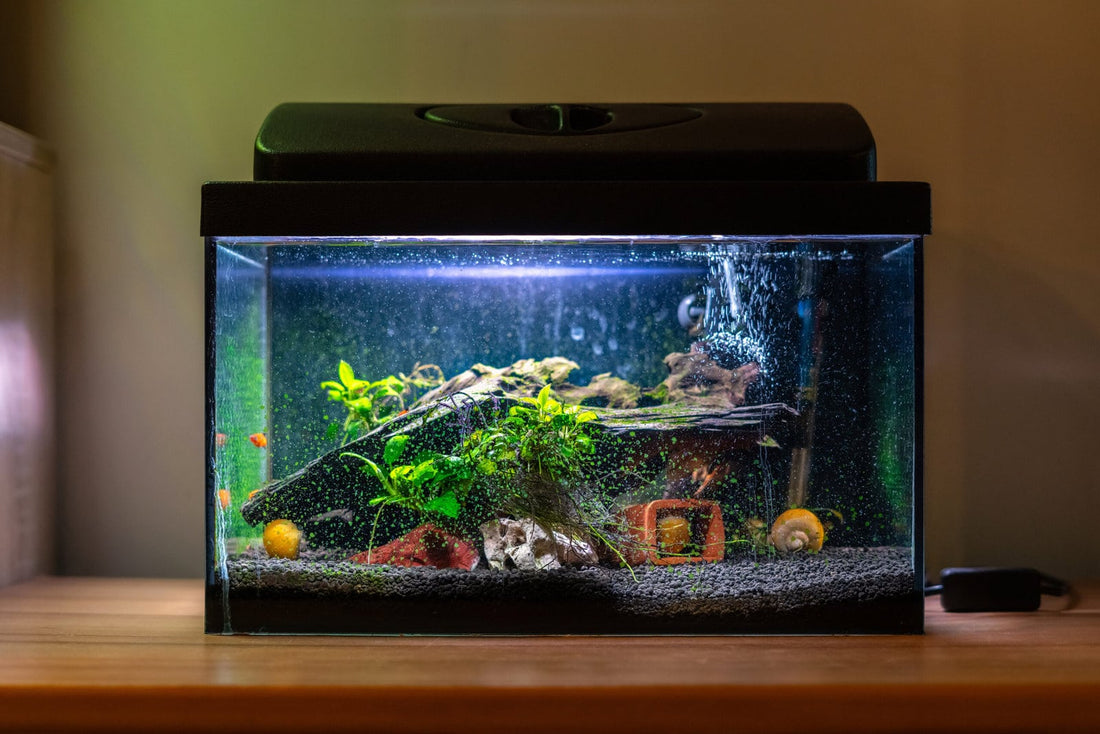
Anyone who lives in a storm-prone region and keeps fish will have to deal with a power outage at one point or another. Wind, ice, falling trees, and snow can easily knock out a line and put your tank out of commission for hours or even days. And more commonly, brief blackouts due to surges or computer glitches may stall power for minutes or hours.
So if the worst does occur and you have a power outage, what should you do in order to keep your fish alive until it comes back?
Shut Down and Unplug Any Unnecessary Equipment
The first step you should take during an extended power outage is to turn off and unplug anything that’s unnecessary. Plugged in technology like powerheads and lights are very vulnerable to electricity surges. If the power strip your aquarium equipment is connected to has a surge protector then you can safely ignore this advice. Otherwise, there is the risk of your equipment being permanently damaged during a power surge.
Maintaining Water Temperature
The first major problem your fish are going to have is maintaining the water temperature, especially if you live in a cooler environment. Since your heater has stopped working, the tank will slowly cool to ambient room temperature. How quickly this happens depends almost entirely on the aquarium’s water volume. Larger bodies of water hold heat longer than cooler ones.
To slow the aquarium’s inevitable loss of heat, you can first find some towels to spare, or even better, some blankets. Wrap the aquarium in them and secure the cloth with bungee cords or other equipment. This way, heat re-radiates back into the tank, extending the cooling period for several hours.
Next, we want to avoid opening the hood at all, except for emergencies like water tests. A barrier of warm air will form over the water’s surface, further slowing heat loss. If you open the lid, you’ll exchange much or all of this air with colder air, which will suck heat from the water to equalize the temperature.
A secondary problem related to temperature is that the water will begin to stratify into warm and cold regions of water. This is only really a problem during extended power outages of several hours or more. The fish will likely start migrating to the top where the water is warmest. Resist the urge to reach in and stir the tank because you’ll lose your cap of warm air that is slowing the cooling phase.
Dealing with Ammonia Increases
A second major problem that you will face during an extended power outage is ammonia. In a properly cycled tank, ammonia is processed by beneficial nitrifying bacteria. They consume ammonia, converting it into nitrate. While these bacteria are found throughout the aquarium ecosystem, the vast majority live inside your power or canister filter. The gigantic surface area of these systems provide space for billions of bacteria to thrive.
Once the power goes out, water stops flowing into the filter. While there are some bacteria in your substrate and water, ammonia levels will begin to slowly rise faster than they can keep pace with it. Especially if you have a heavily populated tank. You’ll need to both monitor and deal with excess ammonia as it starts to concentrate in the water.
In order to control ammonia levels we have two options! We can perform water changes to bring ammonia levels back down. Or we can treat the water with detoxifying agents. In fact, many tap water conditioners treat not only chlorine and chloramine but ammonia as well! So add some to prevent ammonia levels from reaching poisonous concentrations.
Therefore you want to open the filter if it’s a canister filter to allow proper gas exchange to occur. And if you have a battery powered air pump you can spare (see below), aerating the water within the filter is even more helpful to preserve your good germs until the power comes back!
If you end up having to suffer through an extended power outage and you lose a significant number of your filter bacteria, the tank may end up needing a new population of bacteria. This would have meant a lengthy and dangerous cycling process in the past. But today, you can simply buy inoculations of filter bacteria that quickly colonize your filter and tank and start consuming ammonia and nitrite!
Backup Equipment for Aquariums
Battery Powered Air Pumps
If I was to pick just one backup piece of equipment in case of a power outage this would be it. Battery powered air pumps mitigate or solve every single one of the issues I discussed before. The water circulation they provide ensures the water can’t stratify into warm and cold layers. The constant stream of air also oxygenates the water to help both fish and your beneficial bacteria to stay alive.
Battery Backups for Tanks
For those of you that want to provide even more security for your fish, corals, plants, and invertebrates, look into full battery backups for your system! These units are usually used for computers, servers, and other equipment that are running nonstop and would be disastrously impacted by a sudden power outage.
Battery backups can last hours to days depending on the size of the unit and the amount of power that’s needed. A large enough backup will keep your filter, heater, and water circulation pump or air pump running for ages. Long enough to weather all but the most extensive power outages.Most also have built-in surge protection and gauges that allow you to monitor how much power is being drawn versus what’s left. Just be sure to unplug your lights and other non-essential components in order to slow the drain of the battery backup over time!
What to Do if You Don’t Have a Pump
While an air pump is by far the best solution, sometimes situations arise where you won’t be able to find one while the power is out. In this case, it’s possible to take a container and slowly poor tank water into the aquarium from a few inches above the water line. This will agitate the surface and allow for some oxygen exchange, though is not a sustainable long term solution.
Summary
As you can see, you have quite a few ways you can help keep your fish alive! Heat loss and noxious waste buildup are the main issues to deal with. As is ensuring a steady flow of oxygen via water circulation. Being prepared with backup air pumps or even a full battery backup will go a long way in helping you and your fish weather the power outage. Those with especially old and expensive systems should consider investing in these tools!
No comments
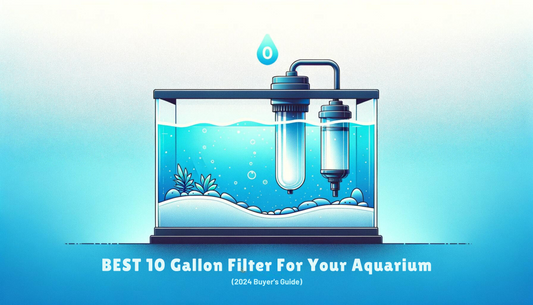
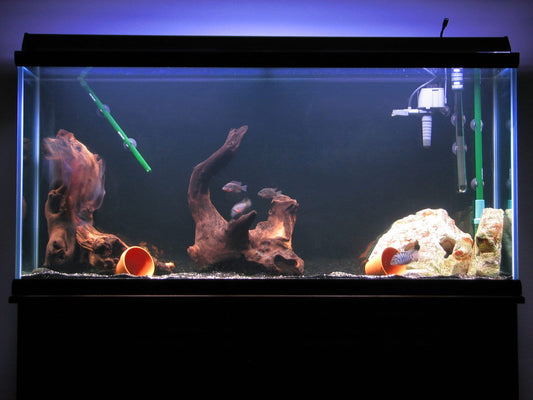
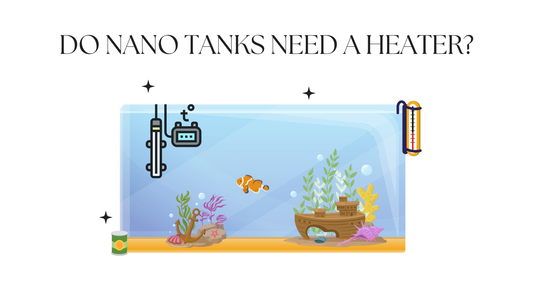
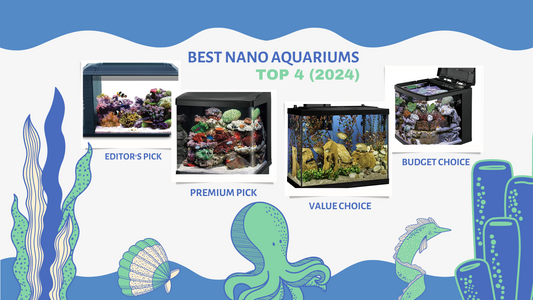


comments